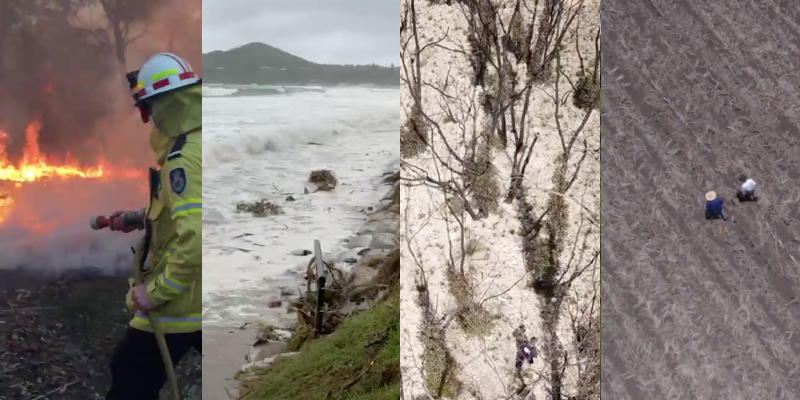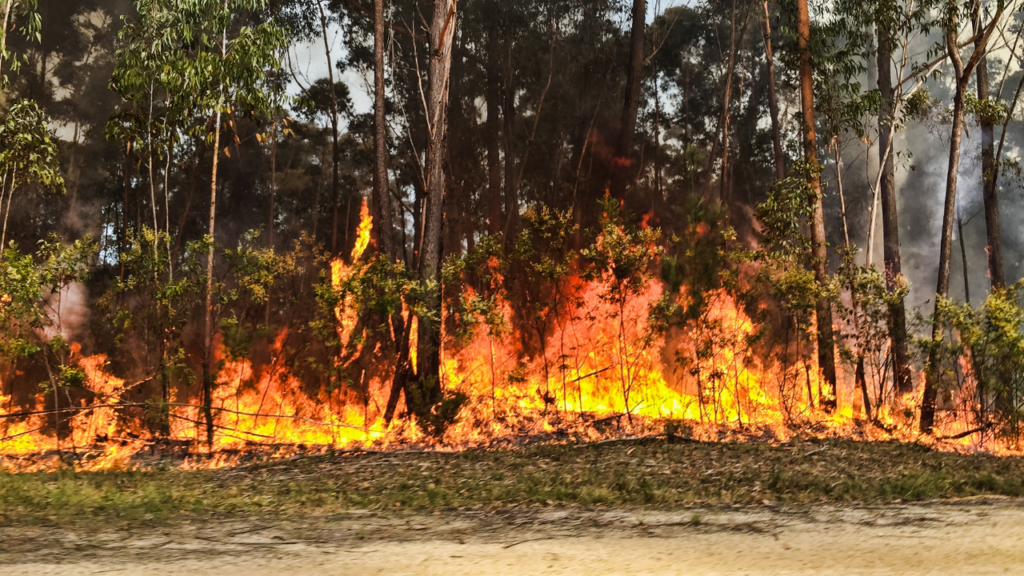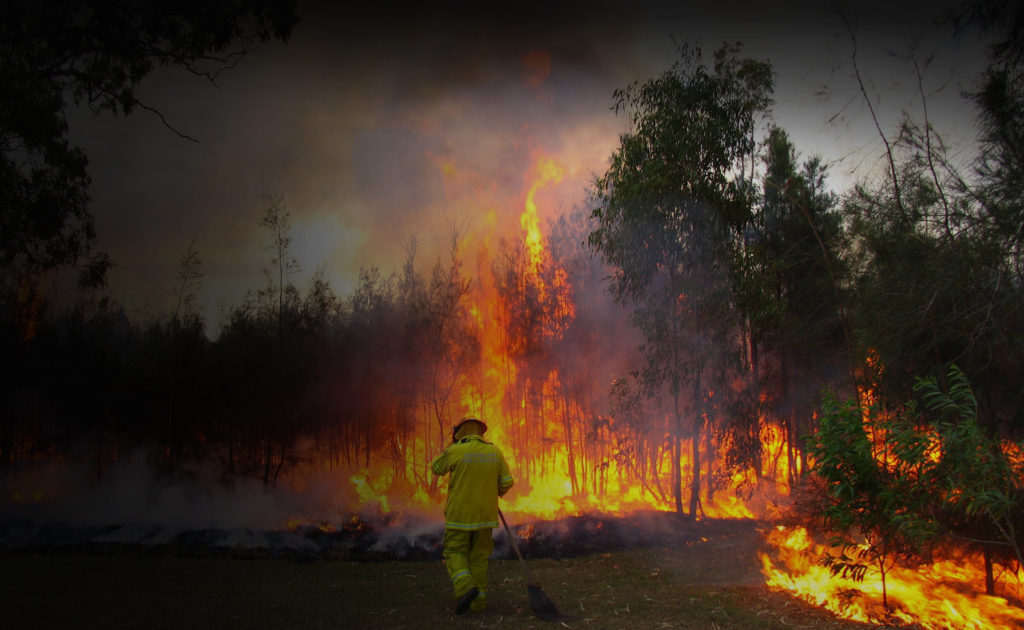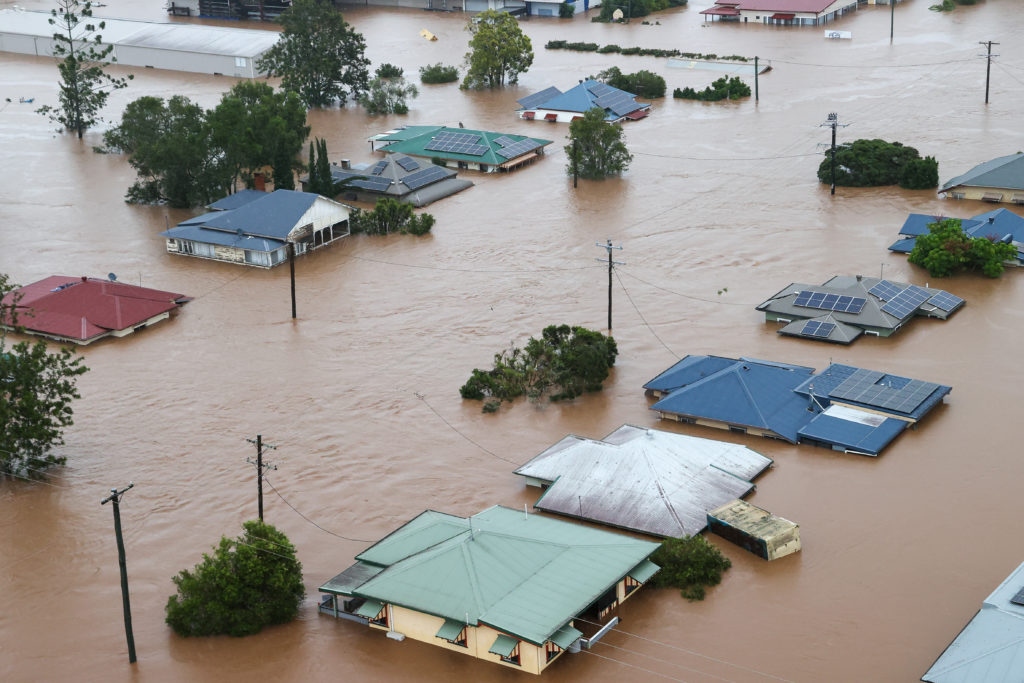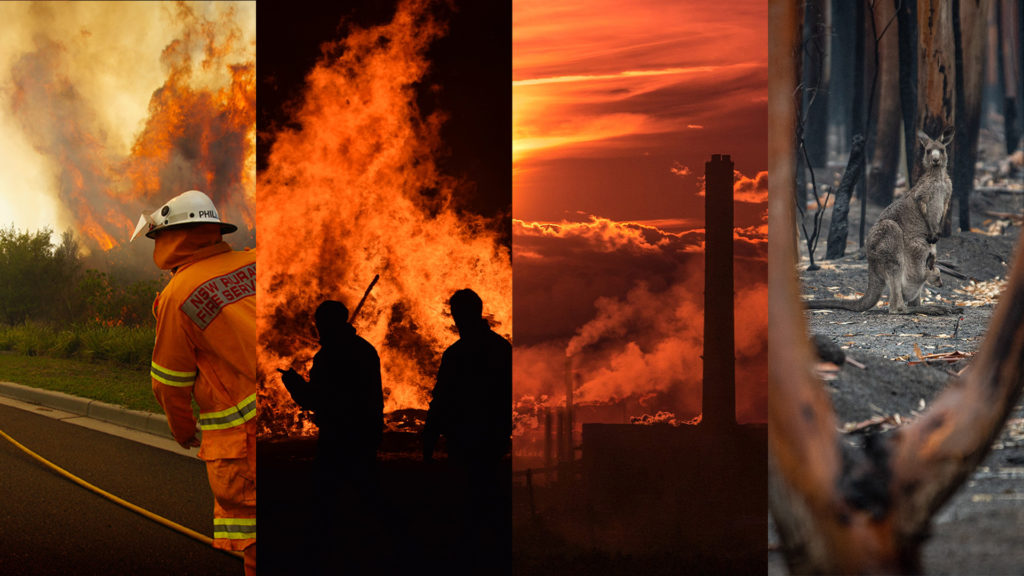After each catastrophic weather event that Australia withstands, two things become more evident: that the need for climate action is now, and that our political leaders are not doing enough. When our elected representatives do not act on our behalf, it can lead to upset and frustration—and this is doubly true when the safety of our communities is at stake—so that’s why the Community Protection Pledge was created.
The Community Protection Pledge is a set of 10 commitments for keeping Australians safe from worsening extreme weather. These events are already harrowing every corner of our nation: bushfires are burning large swathes of territories with unprecedented intensity, droughts are withering rural Australia, floods such as those from March 2021 are inundating stretches of coastline, and longer, more intense heat waves are baking sprawling urban centres making them almost unliveable. There’s little reprieve so we must act today.
The Community Protection Pledge is composed of 10 commitments that can be signed by every one of Australia’s 151 Federal MPs as a signal to their constituents that they are committed to advocating and protecting those who have elected them. Signing the pledge is a two-way relationship. For the community, checking for your local MP’s signature is a simple way to hold our representatives to account: congratulate those who’ve signed or encourage those who haven’t.
What are the 10 commitments from the Community Protection Pledge?
Compiled by some of the nation’s most experienced fire and emergency service leaders, the Emergency Leaders for Climate Action, the Community Protection Pledge is composed of 10 commitments, distilled from the 165 recommendations in the Australian Bushfire and Climate Plan. These are focussed on helping communities prepare for extreme weather events, better responding to their onslaught, and—ultimately—to act as a preventative by addressing the root cause: climate change. A PDF of the commitments can be found here.
- Addressing the root cause of the climate crisis and worsening extreme weather by accelerating Australia’s efforts to cut greenhouse gas emissions. Emissions need to plummet this decade, with net zero emissions achieved very soon thereafter.
- Urgently implementing all 80 recommendations of the Royal Commission into National Natural Disaster Arrangements, including providing the necessary funding.
- Increasing funding for research into climate change and extreme weather, including new and more detailed climate projections that better inform risk assessments and the impacts of such disasters on human health.
- Investing in communities so they are better prepared when disasters strike and can recover more quickly; recognising that preparedness saves lives and many dollars in avoided disaster recovery costs.
- Enhancing Australia’s capabilities for responding to extreme weather disasters in line with advice from State and Territory agencies. This includes better resourcing and coordination so that responses are swift, coordinated, and stop emergencies from escalating into disasters
- Improving community engagement, education and support around extreme weather so that individuals are better informed, prepared and empowered to act. This includes investing in adequate warning systems and locally-led initiatives such as community resilience hubs.
- Making rapid and comprehensive recovery from extreme weather events a priority for all levels of government. This requires fast, evidence-based and transparent access to disaster recovery payments for survivors, so help gets to people on the ground quickly.
- Preparing Australian infrastructure, including homes and community facilities, for extreme weather events. This includes reforming Building Standards and appropriate rebates and subsidies for retrofitting to ensure solutions are affordable to all.
- Involving health and family violence experts in disaster planning and response coordination and ensuring adequate access to health services including mental health and family violence services, and access to telehealth for all those affected by disasters.
- Providing adequate funding to support the critical role of Local Governments in disaster preparedness and recovery, so that they have the resources to build resilient communities.
Learn more about the Community Protection Pledge and enter your postcode to see if your local MP has made the commitment.

